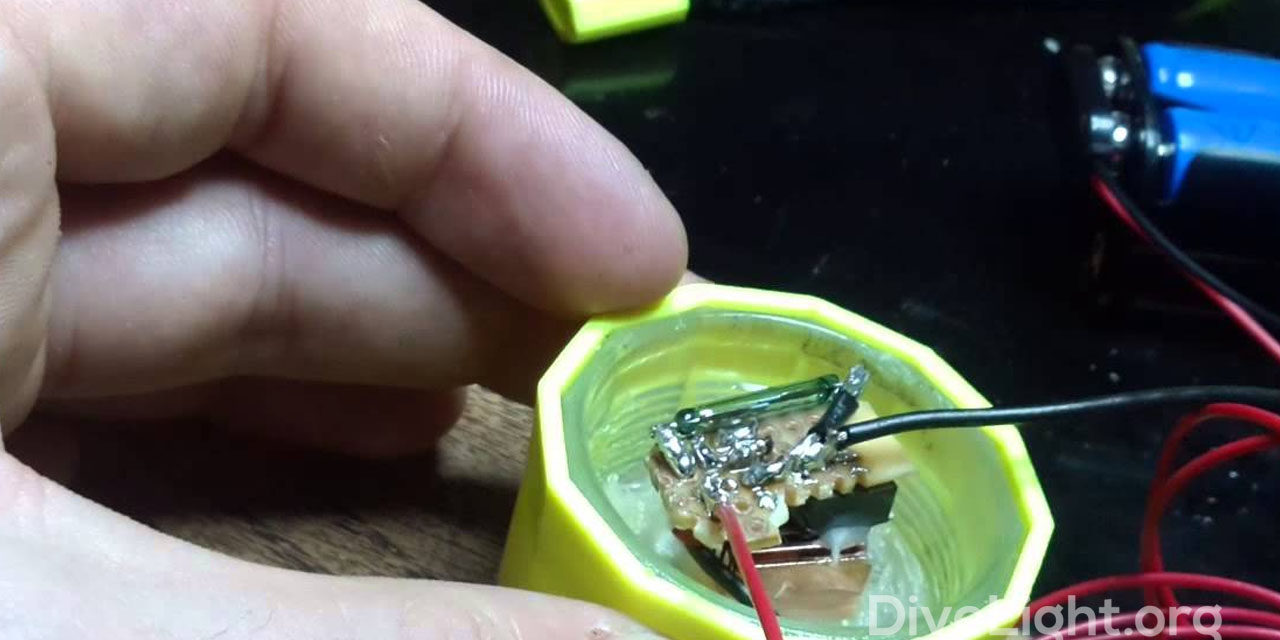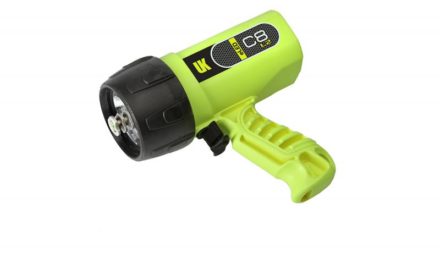Dive lights are perhaps the most essential tool for divers as it’s the only way they can see in most underwater environments, especially when night diving or cave diving. Yet dive lights are equally important during the day, since water absorbs the visible light as the diver goes deeper, eliminating most colors on the spectrum and turning the underwater world into a sea of blue-gray.
There are various types of dive lights out there, with one of the most advanced types being reed switch dive lights. Using these lights, divers are able to view objects in their full colors at greater depths. The reed switch, in this case, has a pair of flexible, magnetizable, metal reeds with a small gap separating their end portions when it is open. These reeds are sealed hermetically on the opposite ends in a tube-shaped glass piece. These dive lights have a magnetic field that causes the reeds to attract one another to complete an electric circuit.
There are also springs in these dive lights that force the separation of the reeds, thereby opening the reeds to disrupt the magnetic field. The number of magnets is determined by the reed switch in use as well as the distance between the reed and the magnet. Some of these lights use up to 6 magnets. The less the number of magnets the more effective the switch is.
These types of dive lights utilize relay or a MOSFET circuit. The latter is a much cheaper design, and its operating voltage is not much of a concern as it is can be for a relay. Again, their small size increases their functionality. When shopping for reed switch dive lights, it is better to look for those with the magnet enclosed to protect it from rust. This increases the dive torch’s durability.





